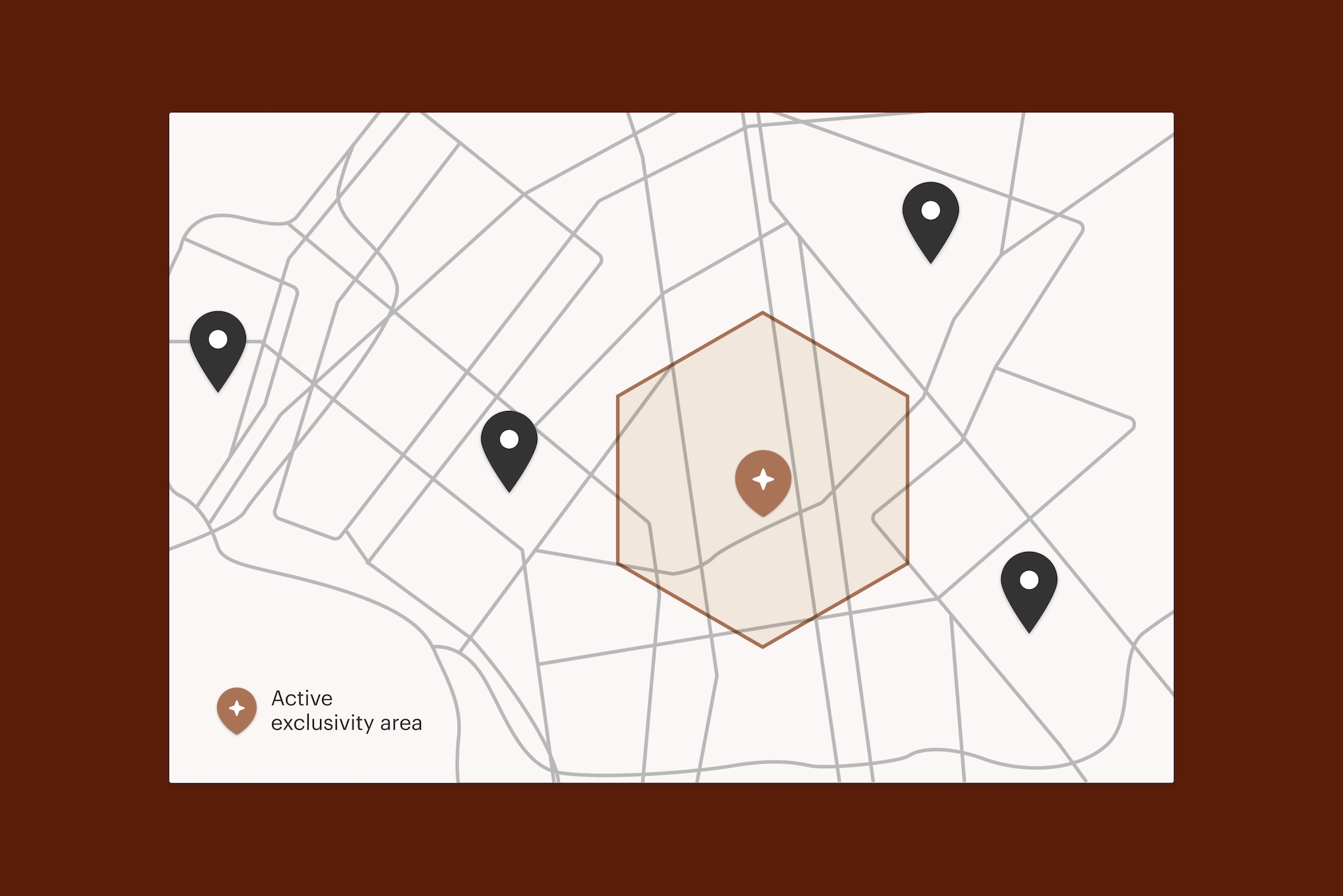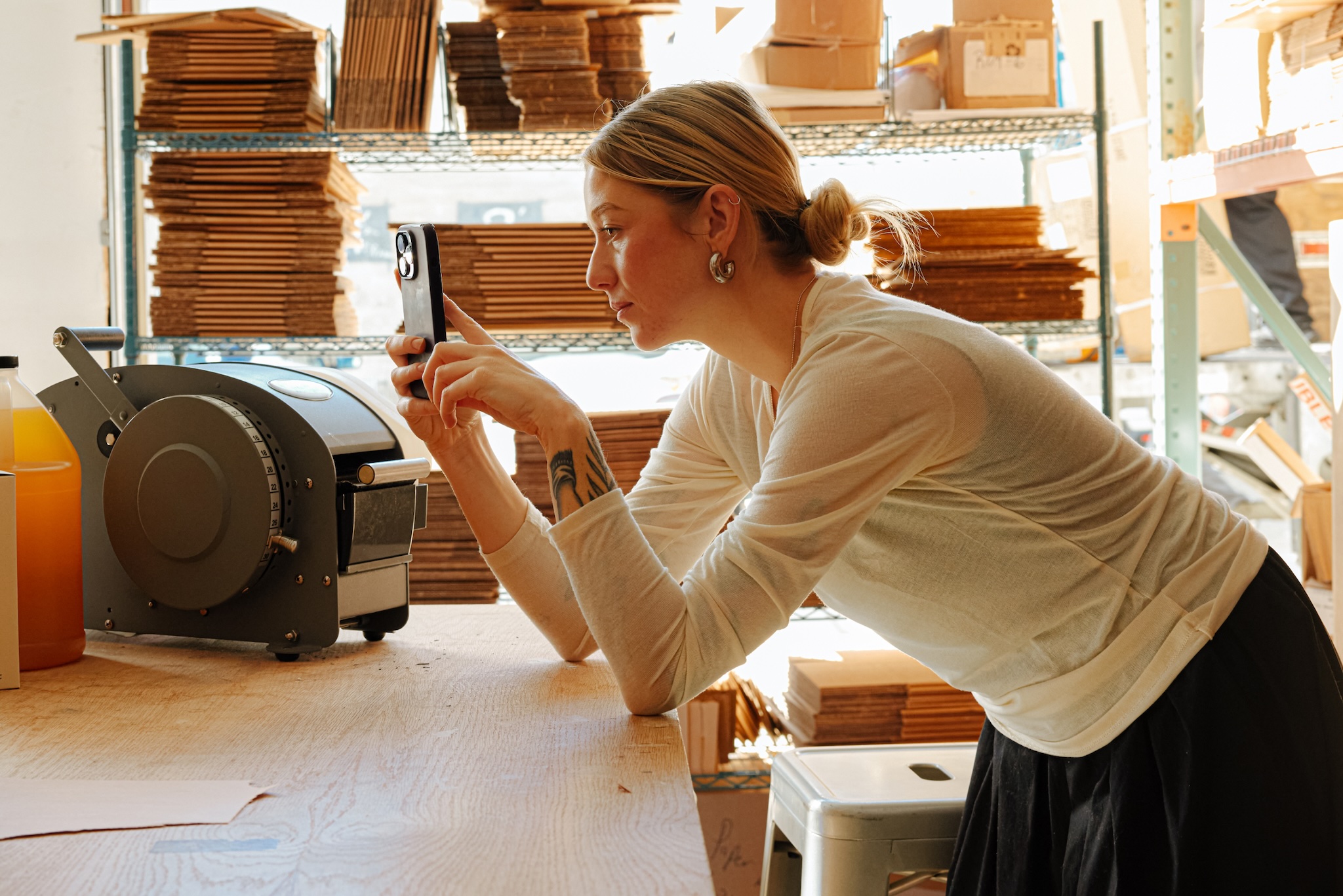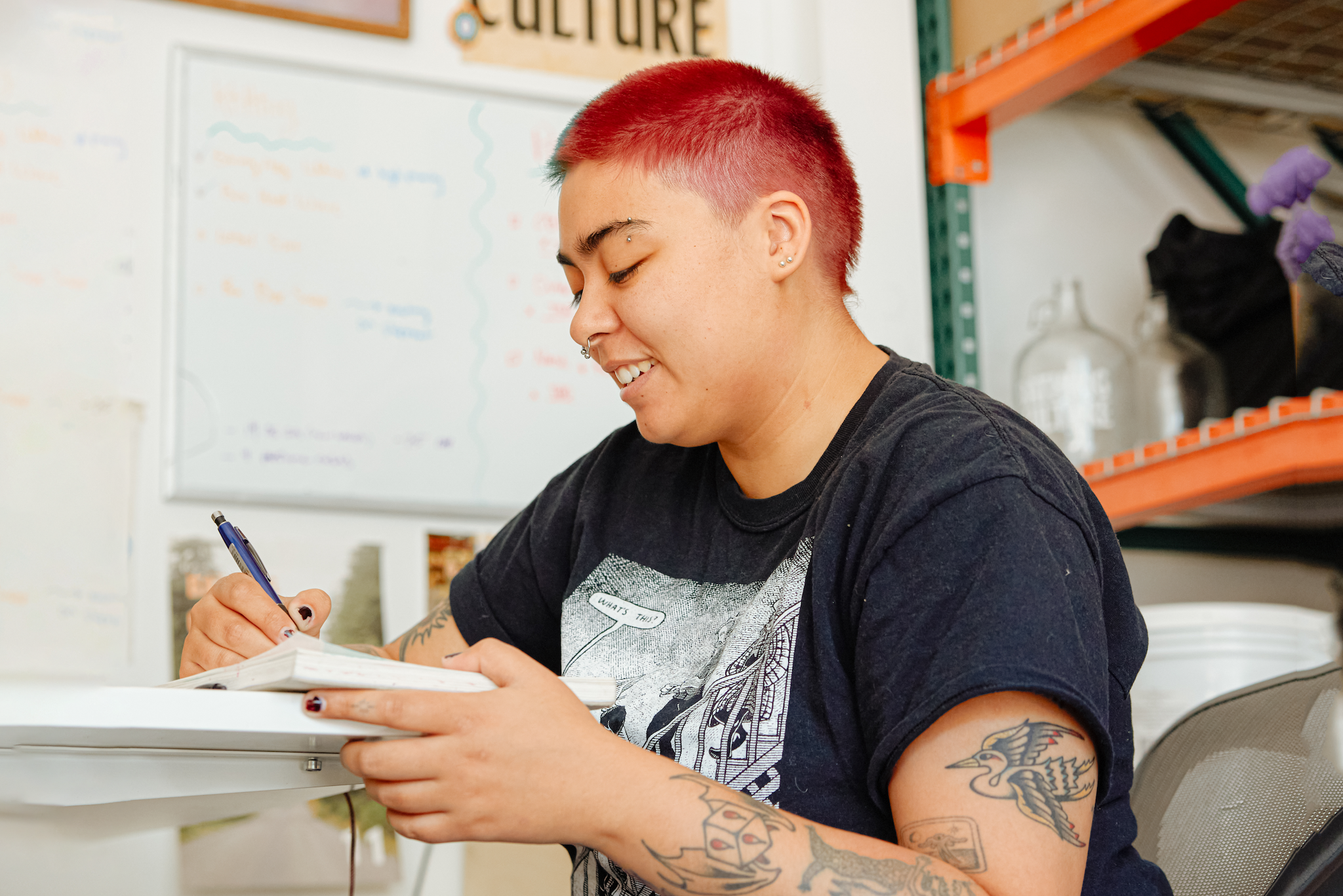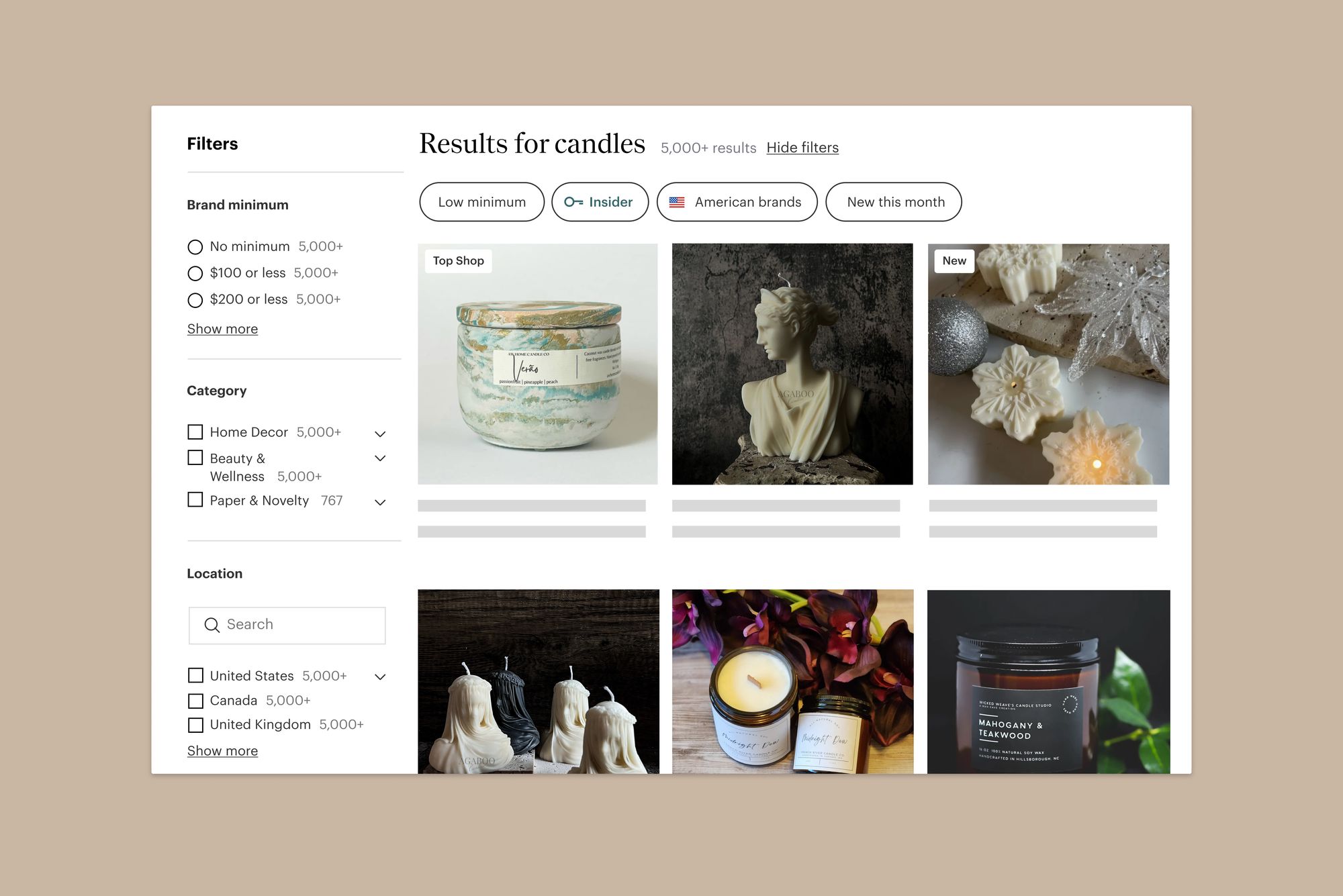
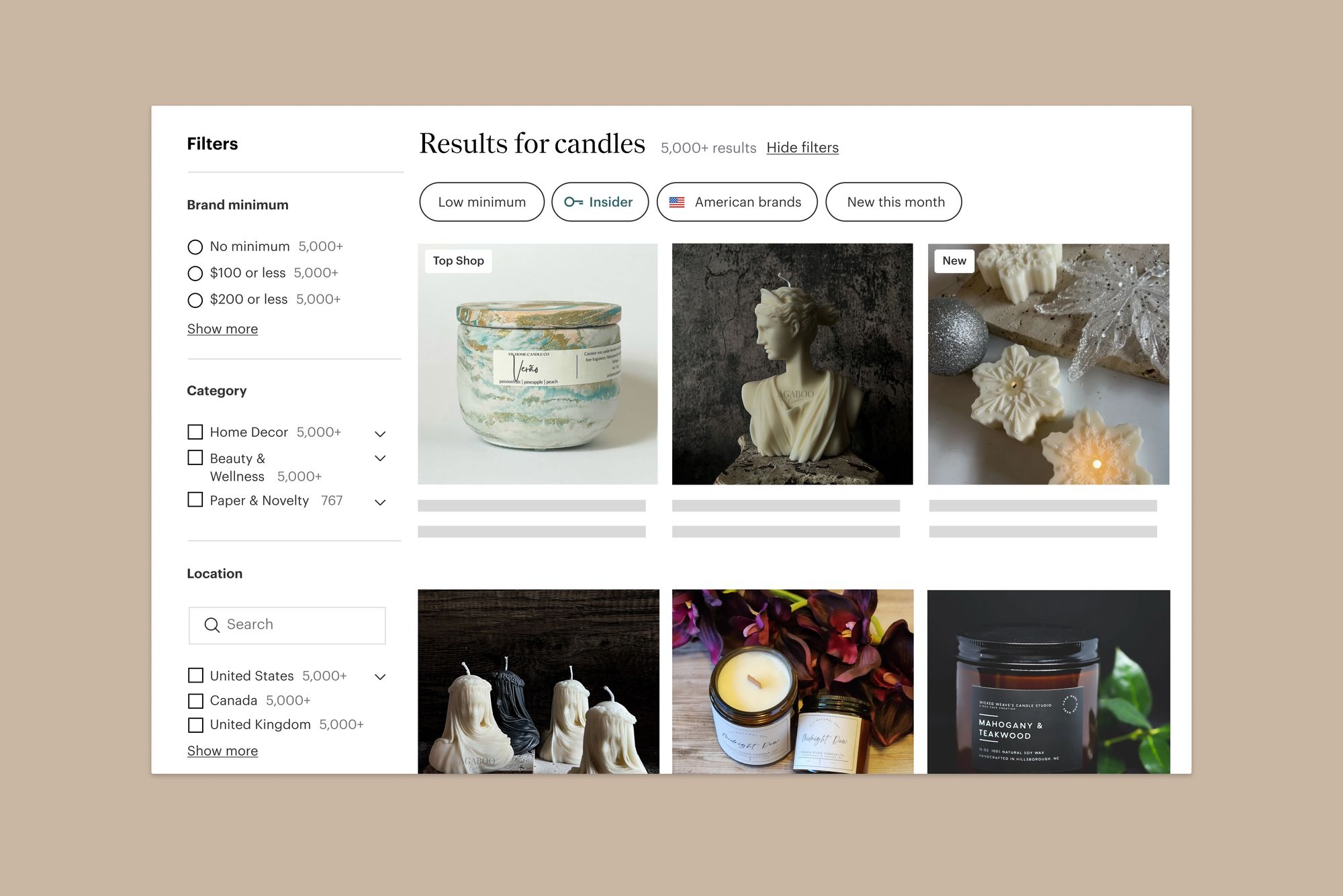
To understand how to increase your brand’s visibility on Faire, it’s important to understand how search and ranking work on Faire. The ultimate goal of our search-and-ranking algorithm is to help retailers find relevant products for their store and ensure our brands get seen by retailers who are a good match. Key factors that contribute to when your brand surfaces in retailer searches and your ranking on the Faire marketplace are:
- Your product names, descriptions, and categories
- Retailers’ prior activity and engagement
- Brand performance
In this article, we’ll focus on optimizing your shop to improve the quality of the first factor listed above—product names, descriptions, and categories. Keep reading as we go into detail on the following five tips for improving your ranking and increasing visibility on Faire:
- Optimize your shop page, including product names, descriptions and imagery
- Ensure accuracy in your product tagging
- Keep your product catalog fresh and up-to-date
- Utilise value tags
- Attract new retailers by extending Faire Direct benefits
1. Optimize your shop page
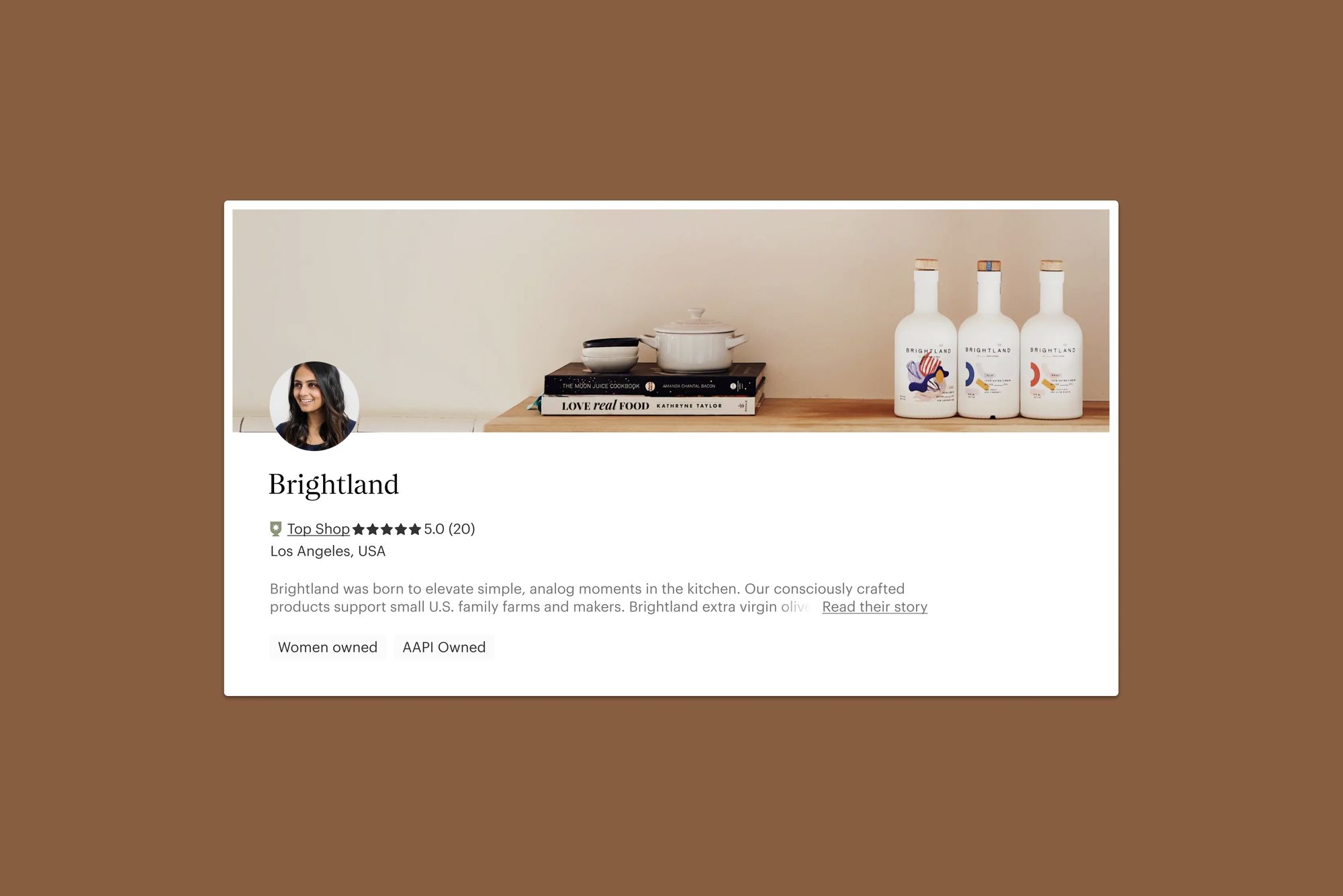
When retailers search on Faire, their search term is matched with words in your product title, description, product type, and category. Exact matches are automatically prioritized in the ranking, and synonyms or relevant items will be included after exact matches.
Optimizing your shop page by carefully selecting your product names and descriptions can increase your brand’s discoverability on Faire by helping you show up in searches for more of the right potential buyers.
Product names
Your product names affect how you show up in retailer searches. Your main objective when it comes to naming your products is to show up in as many relevant searches as possible. A good product name clearly indicates what the item is, is spelled properly, and is between 35 and 50 characters. When writing your product names, consider the main keywords a potential buyer searching for your product would type into the search bar. Try to include as many of those as possible in your product title and avoid unrelated keywords.
For example, “Reusable insulated ceramic travel mug, 16 oz” is a better title than “Stylish travel mug, lots of colors.” The first example will show up in searches for “travel mug,” “mug,” “reusable mug,” “ceramic mug,” etc.
You’ll also want to include keywords with descriptors like colors, style name, and unique features. For example, “Christmas Peppermint Soy Candle — 6 oz” is a better title than “Mint Candle.”
Lastly, avoid using the product SKU as the product name. For example, “Linen Maxi Summer Dress” is a better title than “SWE12NM.”
Product description
Like product names, product descriptions are used to help match retailer searches to relevant products. Your product description should be clear, include any unique characteristics you’d like to highlight, and use relevant keywords a potential buyer may use to search for the products you offer. We recommend keeping product descriptions between 150 and 300 characters so that retailers are able to quickly gather the necessary information without feeling overwhelmed by too much text.
In addition, when writing your product description, keep in mind that descriptions may be different from what appears on a direct-to-consumer platform like an e-commerce site. Faire brand Toysmith has found success in crafting its product descriptions specifically for wholesale businesses.
“Everyone has B2C (business-to-consumer) content, but what’s been most instrumental in what we’ve seen is creating that B2B (business-to-business) content,” chief commercial officer Max Wunderle says. “You have to put a small business owner in the position to answer questions about scale, specs, usability, how things are packaged, and so on.”
To provide a retailer with all the information they’ll need in your product description, be sure to include information on product materials, dimensions, weight, where the product is made, care instructions, and ingredients if applicable.
Product imagery
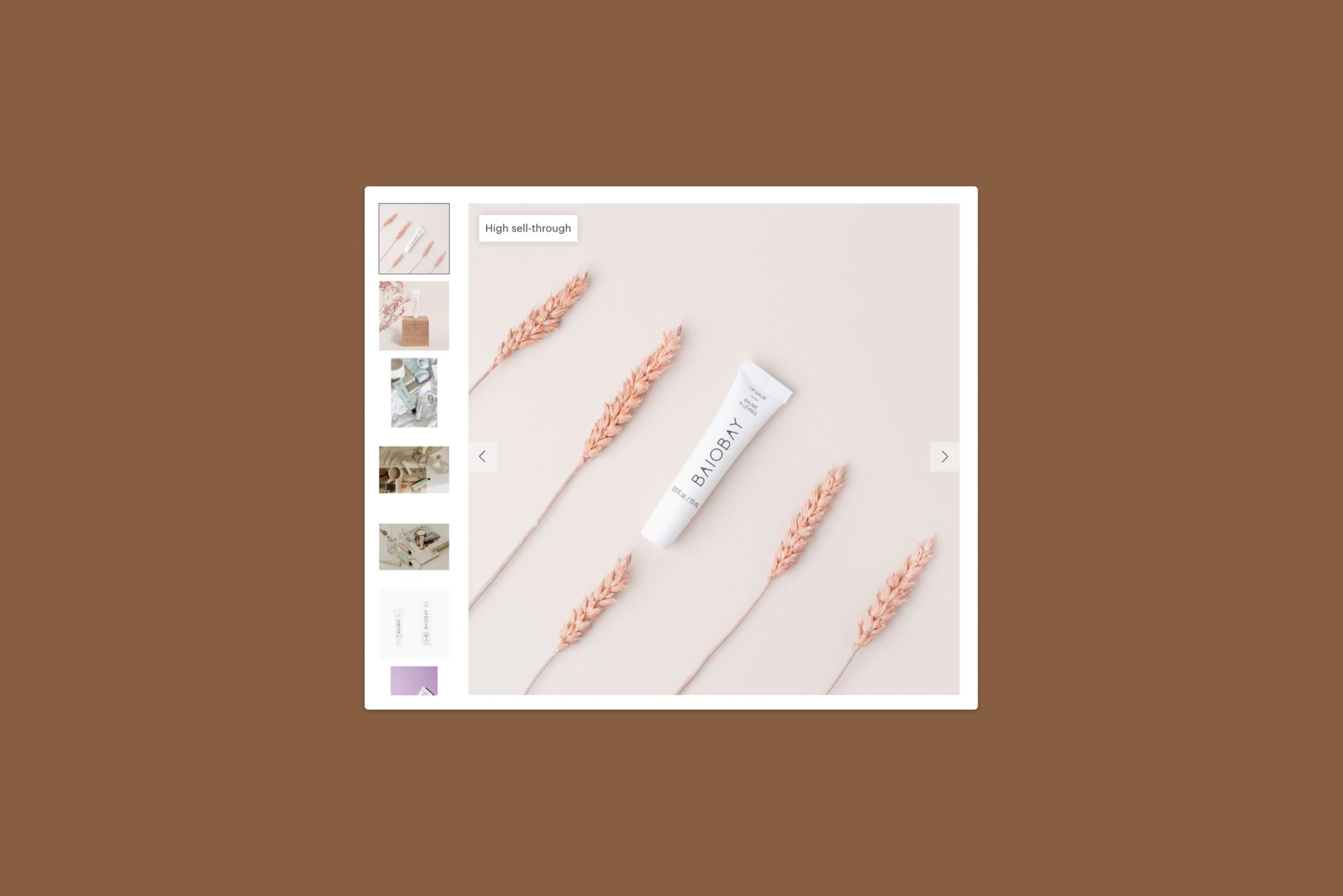
Your product images are one of the first things a retailer will see and can be one of the few things separating you from a similar brand. Focus on high-quality, high-resolution imagery in a square format. Be mindful to exclude pixelated photos by using an image resolution of at least 1825 x 1825 pixels. You should also include multiple photos of your product, with the main image of each product having a white background to make your product stand out.
The main image of your product should also make it clear what you’re selling by excluding props from the photo and avoiding cluttered backgrounds. In addition, if you have packaging photos that show retailers what to expect when they order, or any photos that show how the product can be merchandised in their store, include those on the product page as well.
Lifestyle images that show the product in use can also be helpful as additional images to give retailers a better understanding of your product. Margaux Tron-Brossard, founder of Faire brand BAIOBAY, says she’s found success by frequently updating her photos and videos on her shop page to make sure she’s standing out to new prospective buyers on Faire.
Read more about mastering product photography here, and visit the help center for our product photography guidelines.
2. Ensure accurate product tagging
How you categorize and tag your products also impacts where your items appear when retailers search or browse on Faire. In order to accurately categorize your items and show up in the right retailer searches, each product must have a “product type” that you designate.
Each product can only have one product type, and all product types are automatically mapped to their relevant subcategory on the marketplace. The high, mid, and low category levels represent all the categories in which your product will appear.
For example, mug is the product type shown below:

Here, the high category level is “Home Decor,” the mid category level is “Kitchen & Tabletop,” and the low category level is “Drinkware.”
In your Faire shop, the high category level (“Home Decor” in the above example) will be the main category displayed. Once clicked, the levels expand to display the mid and low category levels, allowing retailers to further refine their search within your shop.
Certain product types may fall into only one category mapping, like the example above. Other products may fall into multiple category mappings, like the example of pet blanket below.

It’s important to pay attention to how you’ve categorized your products on Faire to ensure you’re showing up in all the relevant places on the marketplace.
For more information on product types and categories, visit our help center article.
3. Keep your products fresh and up-to-date
Making sure your catalog is up-to-date, with all new products listed as soon as they’re released and current pricing on your page, can make your shop page more appealing to retailers.
At a minimum, you should update your product catalog before participating in any Faire markets. In addition, having an updated catalog and completing a catalog check is now required to earn a Top Shop badge.
Adding new products to your profile also means you’ll appear on the “New Products” page within your category (as pictured below), thereby increasing your chances of being discovered by new retailers browsing the marketplace.
To update your inventory levels while on the go, download the Faire app for brands.
Collections
If you don’t have new product lines launching, consider creating a new seasonal collection with existing products—like a Father’s Day collection or Back to School collection—to make it easier for new retailers visiting your profile to navigate your product offerings.
Collections can help you design curated assortments around seasons, trends, bestsellers, and more. They can also inspire purchasing ideas for potential stockists. Now you can also add percent-off discounts to a collection, giving you more ways to attract new retailers.
Learn more about adding or updating your products in the help center.
4. Utilize value tags
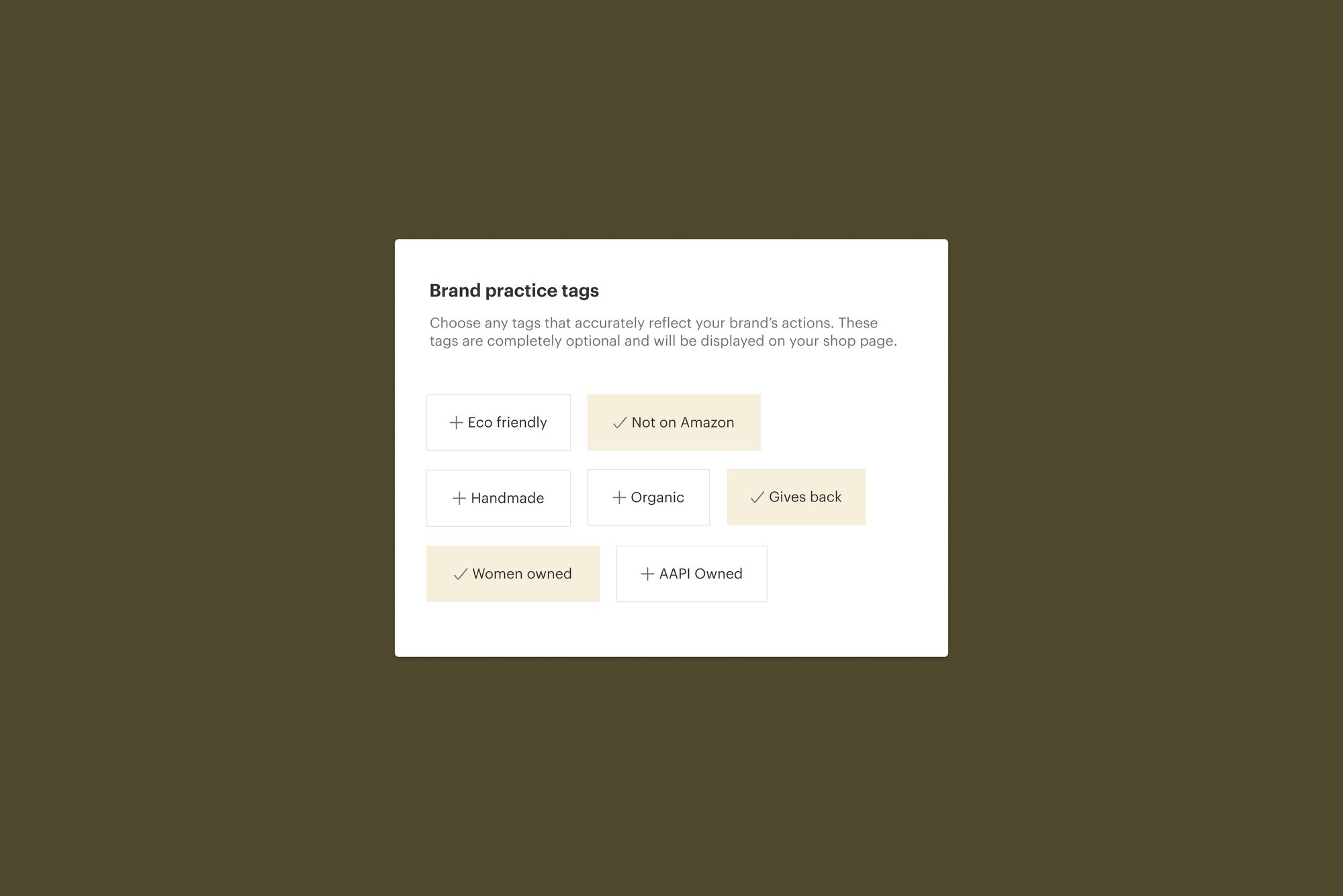
When browsing Faire, retailers have the option to filter by several factors, including location and value tags. Brand value tags like Handmade, Eco-friendly, and Not on Amazon are common filters retailers use when searching for new products for their stores. Adding the correct value tags to your profile can help retailers with similar values discover your products easier. Adding accurate value tags also allows your brand to appear in the Faire “Featured” category.
Keep in mind that it’s important to be as accurate as possible when selecting brand value tags to build trust with retailers. To add value tags to your profile, head to your shop page in your brand portal and scroll down to the bottom to select your tags.
5. Encourage new buyers to shop your line on Faire by extending Faire Direct benefits
Your Faire Direct link can be leveraged on your social media accounts, e-commerce site, and more as a way to reach new potential buyers and drive traffic to your Faire page. By adding the newly redesigned Faire Direct widget—a tool that helps you easily embed your Faire wholesale portal into your own website—to your e-commerce site or wholesale page, new retailers who come across your brand may be more likely to shop your products when offered the numerous benefits of Faire Direct, like net-60 payment terms.
In addition, generating a QR code with your Faire Direct link is a great way to appeal to new retailers at in-person events like trade shows or markets.
Brands that use Faire Direct to build relationships sell five times more than those that don’t. Before joining Faire, luxury baby brand Itzy Ritzy relied solely on sales reps attending trade shows to build new relationships with retailers. This process proved expensive and time-consuming and didn’t always bring in the desired results.
Since joining Faire, Itzy Ritzy has added the Faire Direct link and widget to its wholesale page to appeal to new customers, and it’s seen an increase in new buyers since doing so. “Even customers that we didn’t think would use the platform are now ordering through Faire,” Erin Maurer from the Itzy Ritzy team says.
Read more about embedding the Faire Direct widget into your website on the help center.
Learn how to convert visitors to customers on Faire

